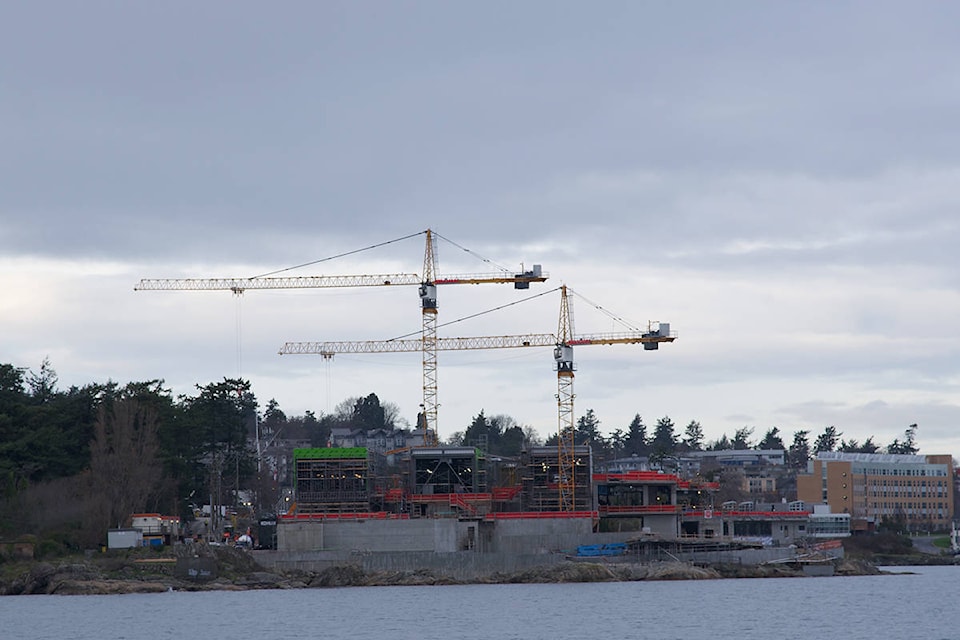The Capital Regional District (CRD) plans on taking dried human feces and using it as fuel for cement plants, and fertilizer for the landfill.
In a report coming to the CRD’s Environmental Services Committee, CRD staff put forward recommendations for waste accumulated from the upcoming wastewater treatment plant at McLaughlin Point.
READ MORE: Capital Regional District plans to send dried sewage waste to mainland for use as fuel
In October the BC Ministry of the Environment approved a plan to use biosolids produced at the plant as an alternative fuel source at two cement kilns, both located on the southern mainland, on the condition that the CRD come up with a with an alternative plan for the biosolids for time frames when the cement kilns have shut-down periods, usually about one month per year.
ALSO READ: $775-million wastewater project on track to be completed on time, within new budget
So, the CRD is proposing to use the biosolids as fertilizer for the Hartland Landfill during those times.
“The biosolids are dried human waste that has been digested and dried and meet Class A provincial legislation, which means it can be applied to land with certain constraints,” said Larisa Hutcheson, general manager of parks and environmental services at the CRD. “In the closed area of the landfill we have trees planted, and could mix the biosolids with topsoil. On open and active areas we could put biosolids on the surface, and it would help absorb methane from the landfill and capture fugitive greenhouse gases.”
ALSO READ: Sewage treatment plant in Esquimalt sees rising costs
Technically the biosolids could also be used in other areas, such as on agricultural land, but Hutcheson said much stricter protocols would need to be in place to meet food safety standards. Should the CRD’s project work well, she added, it might be something to look at non-food fertilizer options first, such as for daffodils or hay. Even though cement kilns are only shut down one month per year, the landfill only has room for five-days’ worth of biosolid fuel on site.
“Because it’s so dry it can be explosive, so it would have to be stored in special silos, which we don’t have available,” Hutcheson said.
Final plans must be submitted to the province by April 30. Biosolid production is predicted for this summer when the wastewater treatment plant will begin partial operation.
